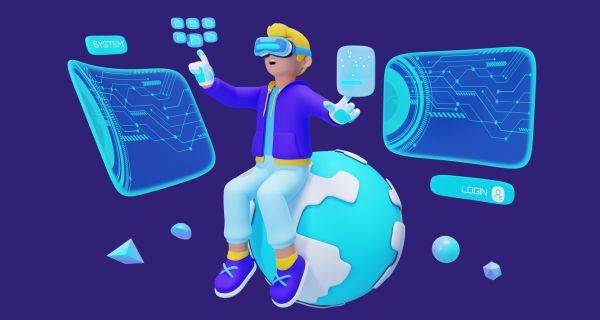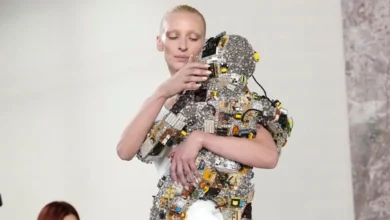Your First No-Code AR Filter: A Step-by-Step Guide for Beginners

Ever scrolled through Instagram or TikTok and wondered how those amazing face filters and 3D effects are made? You might think it requires complex coding skills and a team of developers. What if I told you that you could create your own custom Augmented Reality (AR) filter today, without writing a single line of code?
Welcome to the revolutionary world of no-code AR filters. This guide will walk you through everything you need to know, from choosing the right platform to publishing your very first creation.
Why Should You Create a No-Code AR Filter?
Before we dive into the “how,” let’s talk about the “why.” AR filters are more than just a fun gimmick. They are a powerful tool for:
- Personal Branding: Create a unique filter for your personal brand or portfolio.
- Business Marketing: Allow customers to “try on” products like sunglasses or makeup, or create a branded filter for an event.
- Audience Engagement: Boost your social media engagement by creating interactive and shareable content.
- Pure Creativity: Unleash your artistic side and bring your digital ideas to life in the real world.
Choosing Your No-Code Platform
The best part about the no-code revolution is the availability of powerful, free tools from the biggest social media companies. Here are the top three platforms to start creating no-code AR filters:
- Meta Spark Studio (for Instagram & Facebook): The most popular and versatile platform. It has a massive library of tutorials and a very active community. It’s perfect for both beginners and advanced users.
- Lens Studio (for Snapchat): Snapchat’s powerful tool for creating “Lenses.” It’s known for its advanced features, including body tracking and realistic physics.
- Effect House (for TikTok): TikTok’s platform is incredibly user-friendly and designed to help you create viral effects quickly. If your audience is on TikTok, this is the tool for you.
For this guide, we will focus on Meta Spark Studio as it’s a great starting point.
Step-by-Step: Building Your First No-Code AR Filter
Let’s create a simple “Custom Sticker on Cheek” filter. It’s a classic and easy first project.
Step 1: Download and Install Meta Spark Studio
Head over to the official Meta Spark website, download the studio for your Windows or Mac computer, and install it. It’s completely free.
Step 2: Choose a Template
Open Meta Spark Studio. You’ll be greeted with a screen full of templates. These are pre-built projects that make creating no-code AR filters incredibly easy. For our project, find and select the “Face Decoration” template.
Step 3: Import Your Asset
An “asset” is simply the image you want to use. This could be your logo, a cool drawing, or any PNG file with a transparent background.
- In the bottom-left “Assets” panel, click the + icon.
- Select “Import From Computer” and choose your image file.
Step 4: Replace the Placeholder
The template already has a placeholder object (like sunglasses or stickers).
- In the top-left “Scene” panel, find the object you want to replace (e.g., faceSticker).
- In the right-side “Inspector” panel, you will see a “Texture” property.
- Click on the texture dropdown and select the image you just imported.
Voila! You should now see your custom sticker on the preview video’s face. You can drag it around and resize it directly on the preview screen.
Step 5: Test on Your Device
The most exciting step! In the bottom-right corner, you will see an icon that looks like a phone. Click it and send a test link to your Instagram or Facebook app. You can now try your filter on your own face in real-time.
Step 6: Publish Your Filter
Once you are happy with the result, hit the “Publish” button in the bottom right. The studio will guide you through the process of giving your filter a name, a demo video, and submitting it for review. The review process usually takes a few hours to a few days.
Conclusion
Congratulations! You’ve just stepped into the incredible world of AR creation. As you’ve seen, building no-code AR filters is not rocket science. It’s an accessible and highly creative skill that anyone can learn. You’ve built your first filter, and now, the only limit is your imagination. Go ahead, start creating, and watch your digital ideas come to life.




